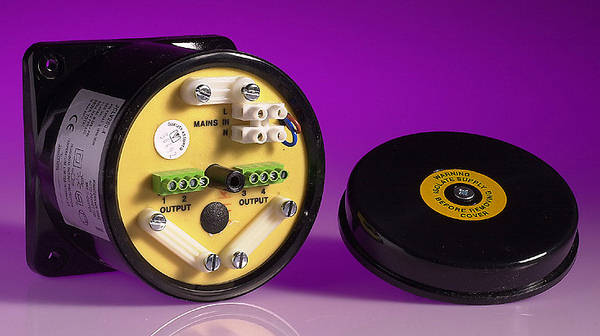Hello,
I've just changed over to LED bulbs on my Kitchen downlights and have a few questions.
There was a 4-gang switch which I have now changed over to a 4-gang trailing edge dimmer switch.
On that 4 gang switch:
1 knob operates 7 x MR11 bulbs and 6 x MR16 bulbs (13 transformers)
1 knob operates 5 x MR16 bulbs. (5 transformers)
1 knob operates 2 x MR16 bulbs - which I'm keeping as halogen as they're rarely used.
1 knob operates an unknown source (there's a blanking plate by the back door so I assume it goes to that).
Firstly, after swapping the bulbs to LED, all of the MR16's light up, but there's some flicker + buzz + varying brightness. Secondly, none of the MR11 bulbs lit up so I've changed over their halogen transformers to Varilight LT YT50's. The MR11's are now all working.
I assume I need to change all of the halogen transformers that remain on the MR16 bulbs to LED drivers to get them functioning correctly?
My other question is, is there a limit to the amount of drivers I can have running on each circuit? Currently each bulb runs off it's own transformer and whilst it'll cost more in drivers, this is probably the way I'll keep it as everything's hidden up in the ceiling.
Should I just get another 11 Varilight LT YT50's and changed the remaining halogen transformers?
Thank you!
I've just changed over to LED bulbs on my Kitchen downlights and have a few questions.
There was a 4-gang switch which I have now changed over to a 4-gang trailing edge dimmer switch.
On that 4 gang switch:
1 knob operates 7 x MR11 bulbs and 6 x MR16 bulbs (13 transformers)
1 knob operates 5 x MR16 bulbs. (5 transformers)
1 knob operates 2 x MR16 bulbs - which I'm keeping as halogen as they're rarely used.
1 knob operates an unknown source (there's a blanking plate by the back door so I assume it goes to that).
Firstly, after swapping the bulbs to LED, all of the MR16's light up, but there's some flicker + buzz + varying brightness. Secondly, none of the MR11 bulbs lit up so I've changed over their halogen transformers to Varilight LT YT50's. The MR11's are now all working.
I assume I need to change all of the halogen transformers that remain on the MR16 bulbs to LED drivers to get them functioning correctly?
My other question is, is there a limit to the amount of drivers I can have running on each circuit? Currently each bulb runs off it's own transformer and whilst it'll cost more in drivers, this is probably the way I'll keep it as everything's hidden up in the ceiling.
Should I just get another 11 Varilight LT YT50's and changed the remaining halogen transformers?
Thank you!





